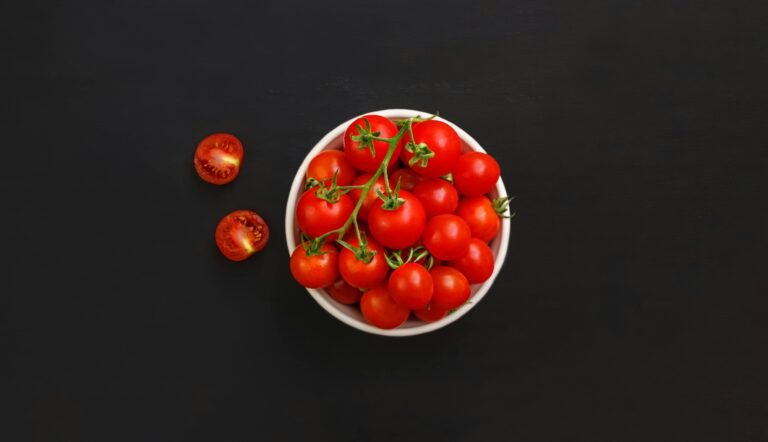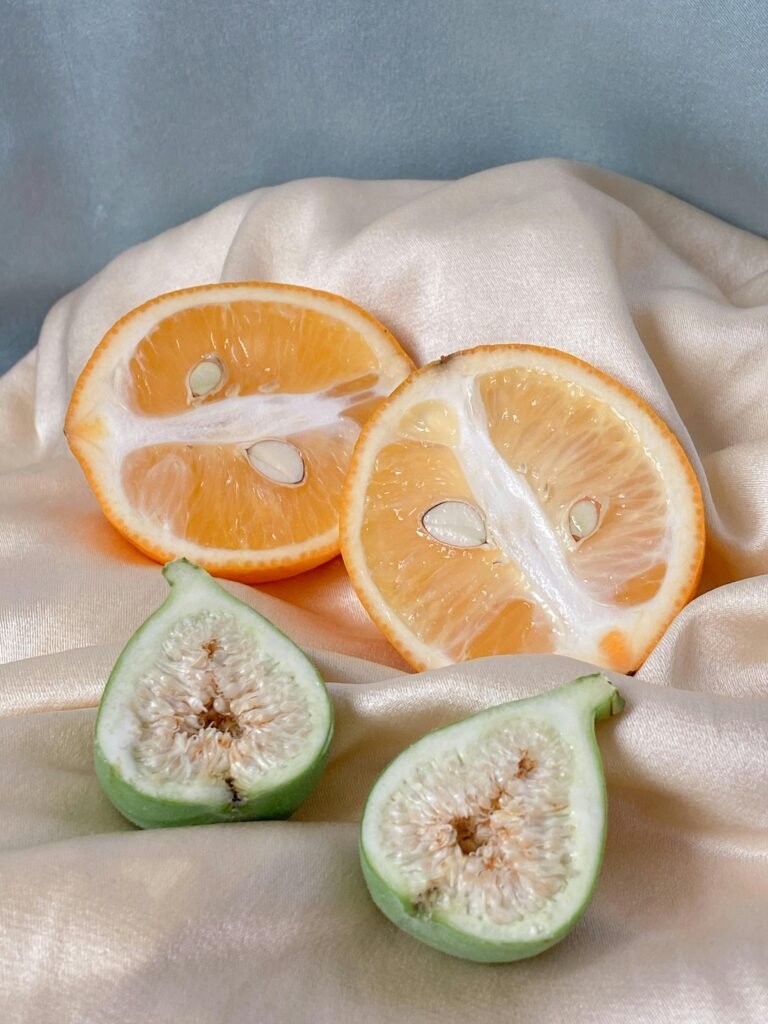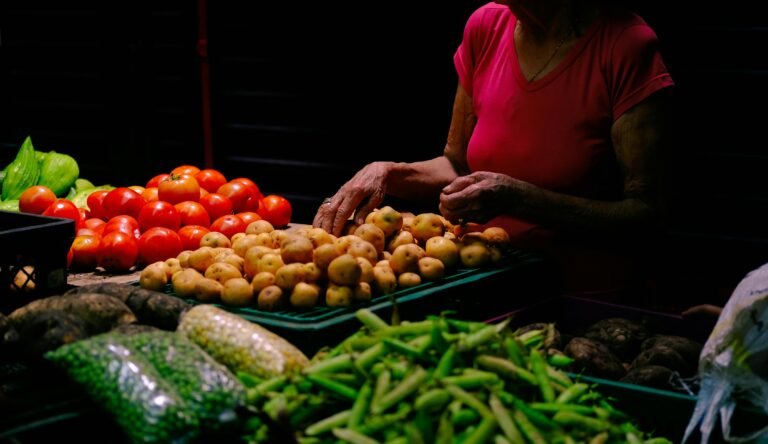The flexitarian diet: the rules for almost green eating
Would you like to improve your diet without becoming completely vegetarian or vegan? Would you like to give up, for example, animal proteins at least in part, to avoid being yet another consumer of intensive farming? Or are you only interested in a health talk? Whether for one reason or another, the flexitarian diet can be for you: there are thousands of people who have already joined a flexitarian , or semi-vegetarian, diet.
In this way, on the one hand we try to vary the diet by increasing the consumption of vegetable products and learning to make more informed food choices (for example by spending more to have meat from non-intensive farming, same thing for eggs and cheeses, but eating less), on the other hand, more ethical choices are made by giving up a part of products of animal origin and trying to see if the food change benefits us and is sustainable for us. In short: the flexitarian diet is a middle choice.
But how to try to do it? Here are the guidelines for the first steps (standard flexitarian diet) and a more informed choice (advanced flexitarian diet).
STANDARD FLEXITARIAN DIET: consists of doing two days without animal products of any kind or without meat or fish (vegan or vegetarian diet) and the rest of the days with a consumption of meat and fish not exceeding 700 grams per week, or the equivalent of a portion of meat or cured meats and two of fish, crustaceans or molluscs. The rest of the days you can obviously also consume eggs and cheese or milk
FLEXITARIAN ADVANCED DIET: it is an almost vegetarian diet, in which animal products are not eaten for three days or meat or fish are not eaten for three days (vegan or vegetarian diet), animal products are eaten for 4 days but with meat consumption or fish less than or equal to a total of 500 grams per week.
These 500 grams include all kinds of meats including cured meats and white meats, then fish, molluscs and crustaceans. Basically, the consumption of meat or fish is reduced to about two meals.
Products with meat or fish also fall within this consumption: for example, stuffed pasta, preparations, sauces, etc.
What do you think? Would you try to be flexitarians? And if you think you are already on a flexitarian diet (after all, the standard one is practically Mediterranean), have you ever noticed how many animal proteins you consume?





























+ There are no comments
Add yours